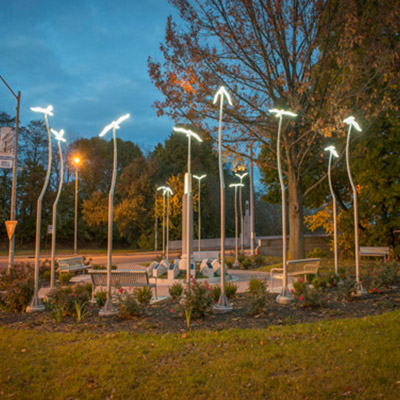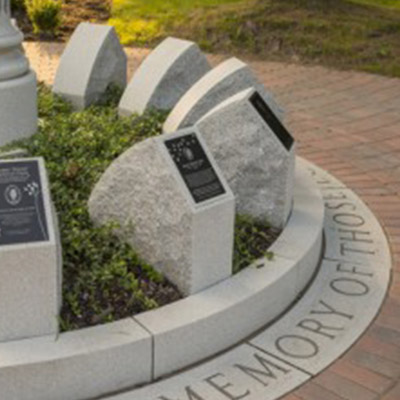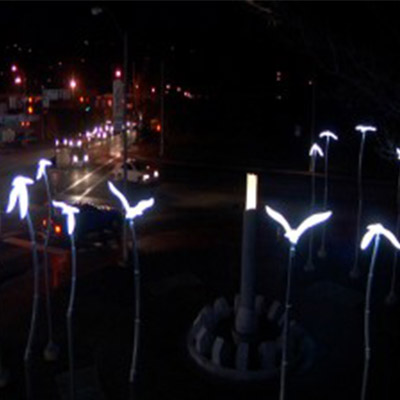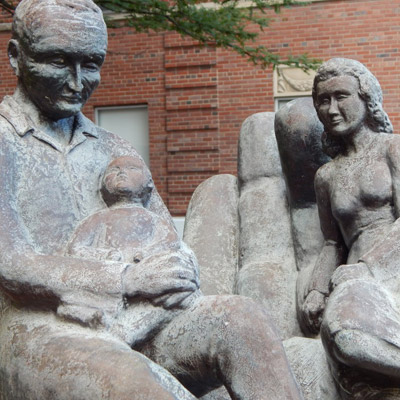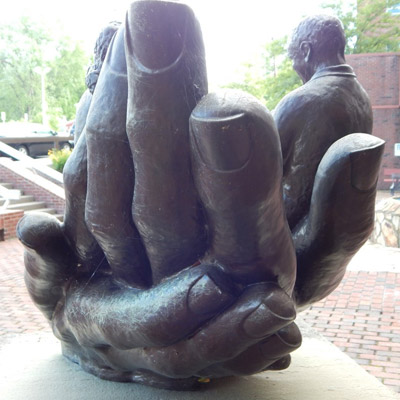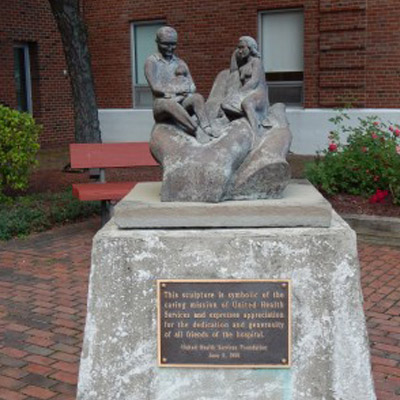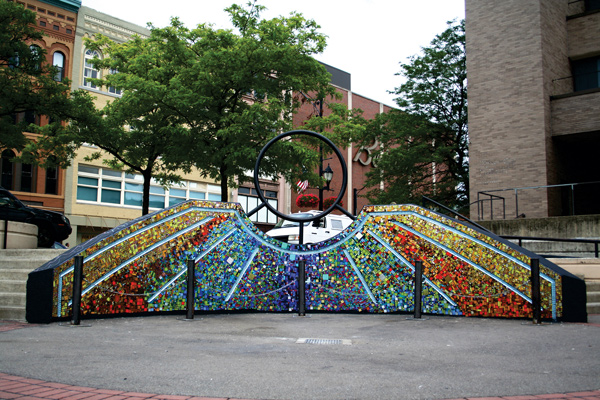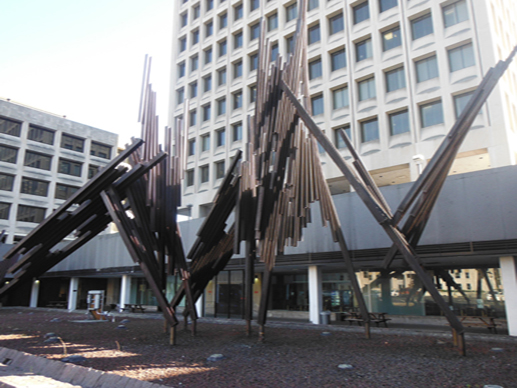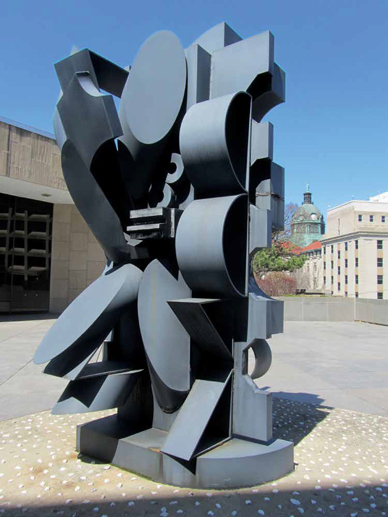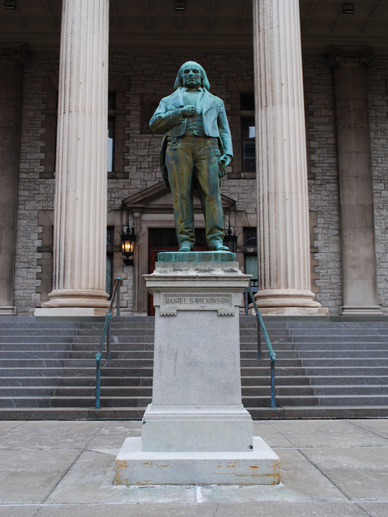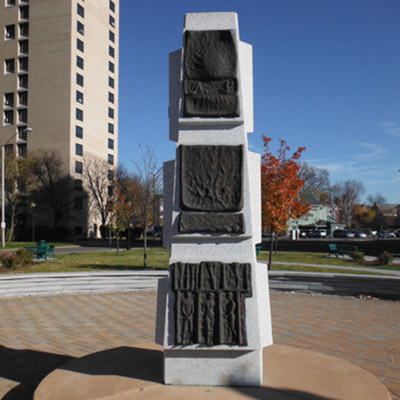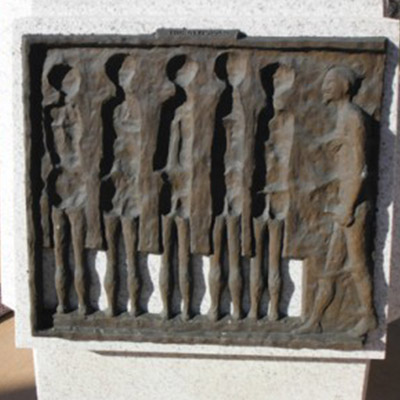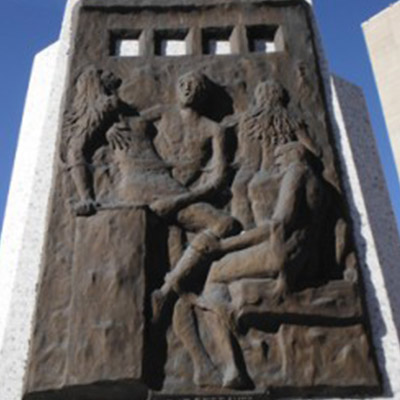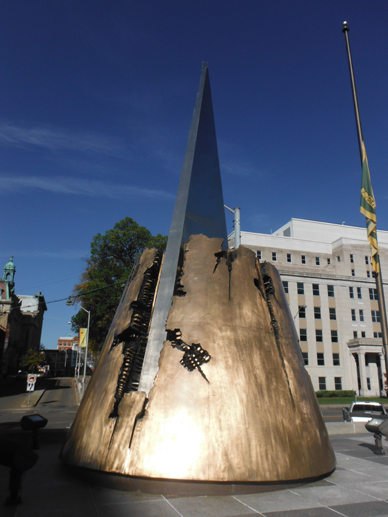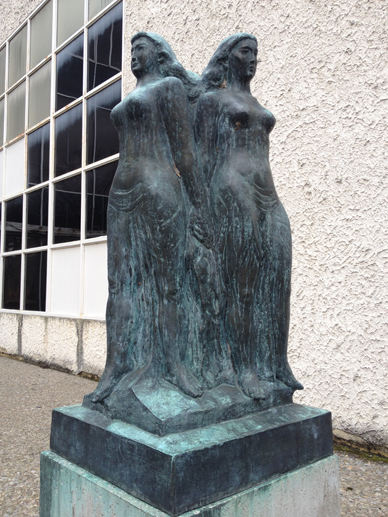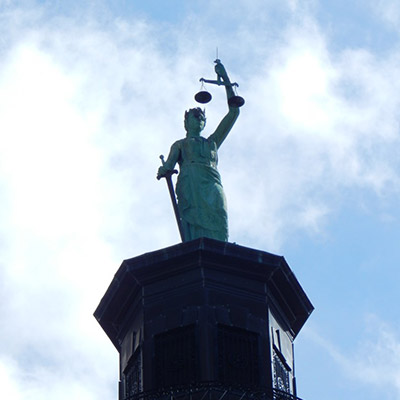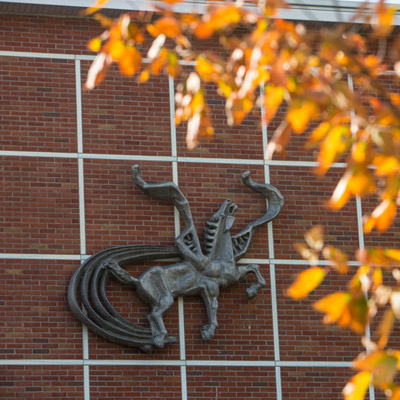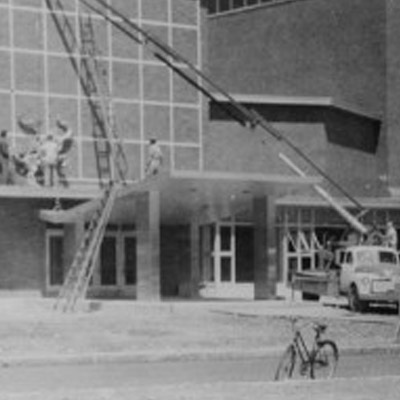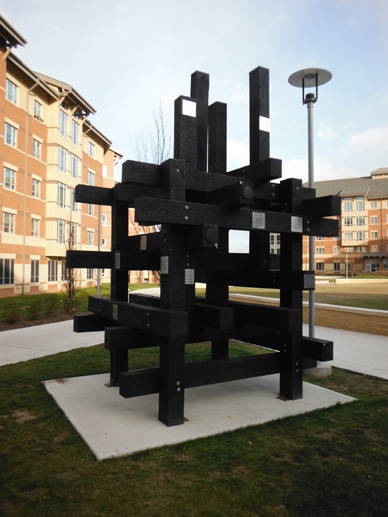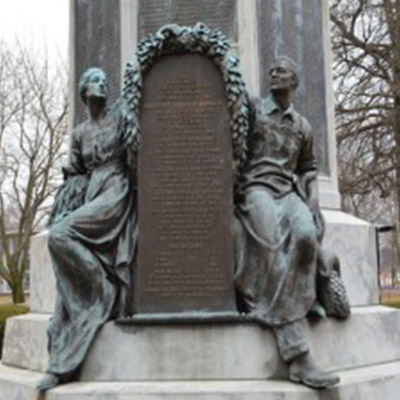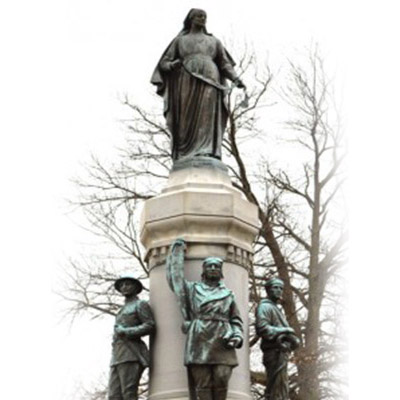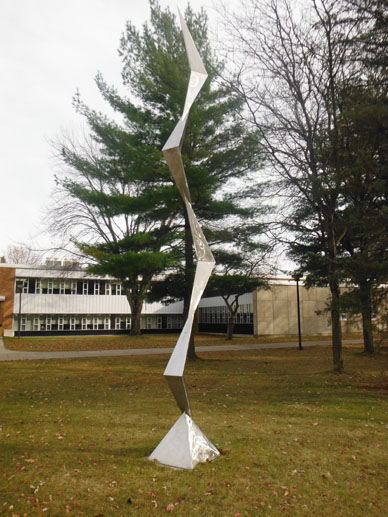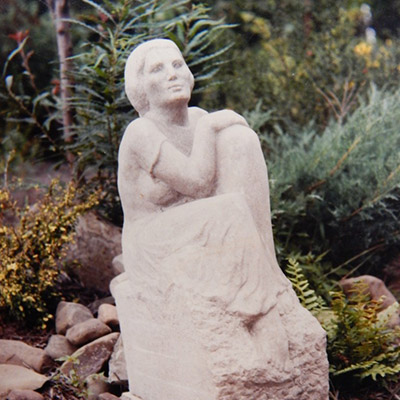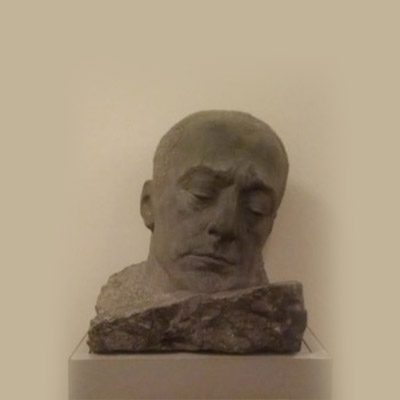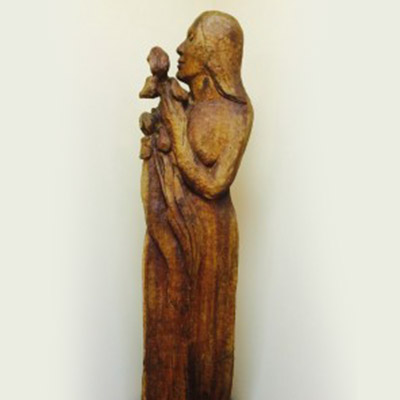Editor’s note: Julian Shepherd kindly wrote this review so that his wife, Lee, could attend a Madrigal Choir of Binghamton rehearsal. She was loathe to skip any rehearsals, with MCOB’s “Lessons and Carols” concert coming up on Thanksgiving weekend.
By Julian Shepherd
Maybe the reason for existence is what Charles Ives questioned in the The Unanswered Question, but the Binghamton Philharmonic provided one answer for us last Sunday (Nov. 6) at Binghamton University: great music performed with great skill and sensitivity. Accompanied by guest pianist Shai Wosner, the orchestra played a program of two well-known and beloved pieces by Beethoven and Schumann, introduced by the lesser-known work by Ives. The performance, in the Anderson Center’s Osterhout Concert Theater, was dedicated to the memory of Marianne Wallenberg, a long-time violinist, teacher and proponent of music in Binghamton. (Wallenberg and her husband, the late Fritz Wallenberg, founded the Binghamton Symphony, now the BPO.)
In conductor José-Luis Novo’s own words, the Ives piece may be shorter than Novo’s own introduction. It began with very muted strings in a tonal key. Shortly an off-stage trumpet came in with a plaintive, atonal “question,” followed by vigorous “answers” from a group of woodwinds, who were positioned at the rear of the hall. As part of the “unanswered question,” Ives leaves it up to the performers when to come in with their parts. Eventually the winds died away leaving the strings to finish as quietly as they began. The Philharmonic carried this off very eloquently and sensitively, especially the soto voce of the strings.
An “up-and-coming” star, Shai Wosner, then performed Beethoven’s Piano Concerto No. 4 with the orchestra. Coordinating performer and orchestra is always a daunting task for a conductor; Wosner’s majestic rubato phrases provided some challenges that Novo carried off with his usual aplomb to provide an exhilarating experience. The concerto began with a piano solo (a novel concept in Beethoven’s time) announcing a rather questioning version of the famous four-note theme of Beethoven’s Fifth Symphony. It continued through three movements with much of Beethoven’s characteristic alternation of agitated and suddenly pacific themes, and forte followed by dramatic piano sections. It was an honor and a pleasure to hear the Israeli-American pianist’s strong, eloquent and flawless performance.
After the intermission came one of the most joyful and triumphant symphonies in that literature, Robert Schumann’s Symphony No. 3, the “Rhenish.” Schumann reportedly was elated to be named municipal musical director of the city of Düsseldorf, located on the Rhine River, and celebrated the occasion with this composition based on life along the Rhine. It included a fourth movement evocative of the great cathedral in Cologne (Köln), south of Düsseldorf on the Rhine, and incorporated elements of the contrapuntal style of J. S. Bach, of course famous for his many ecclesiastical compositions. The brass instruments played a major role in the expansive style of the symphony and performed this excellently to our great enjoyment.
Once again, we are very fortunate to have such an excellent orchestra under such interesting and effective direction by its conductor.The next classical concert by the BPO is Jan. 29, 2012.


